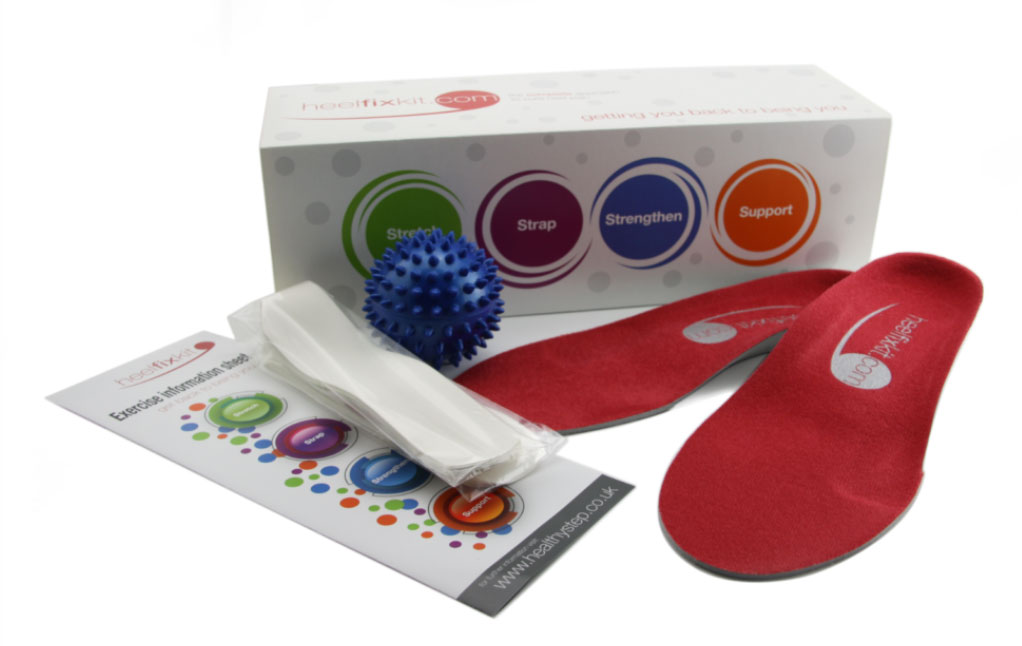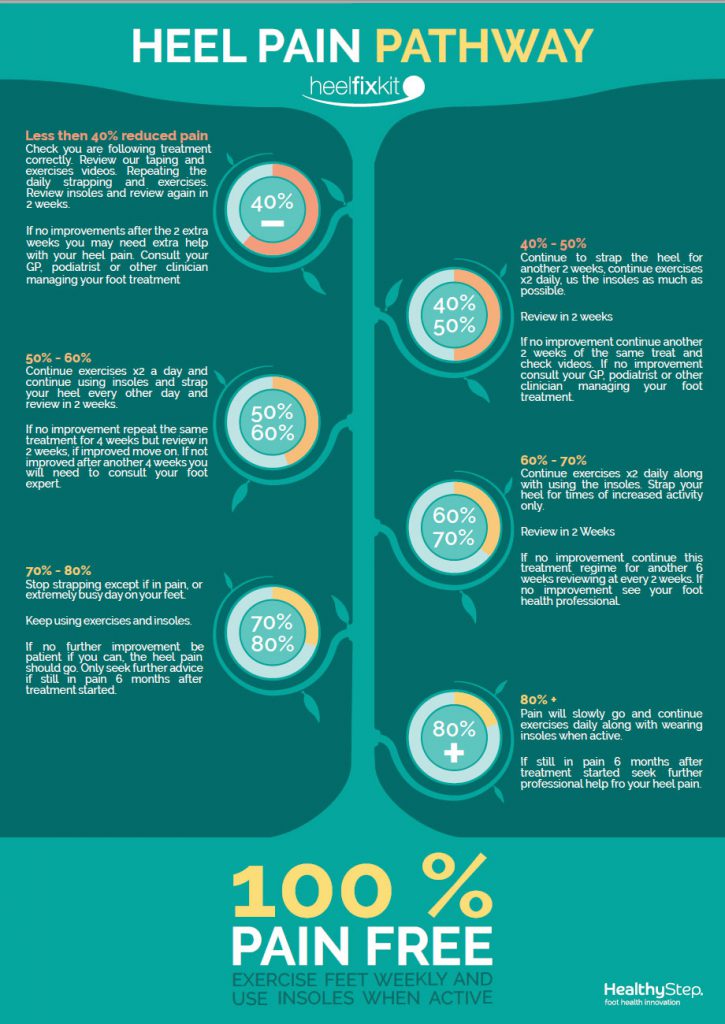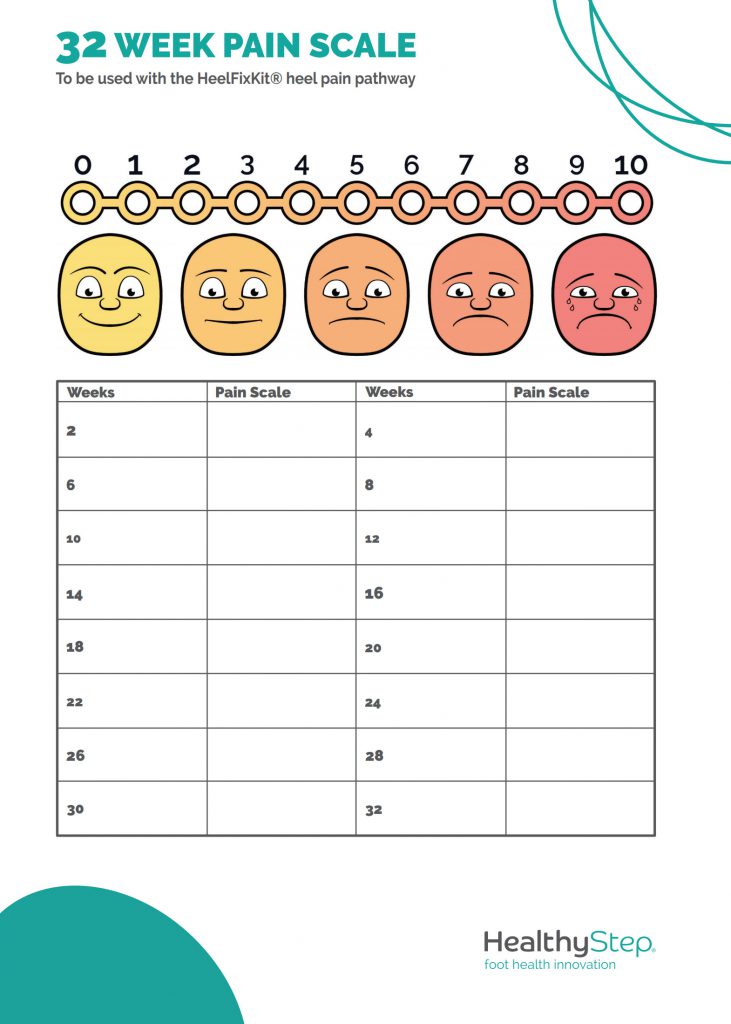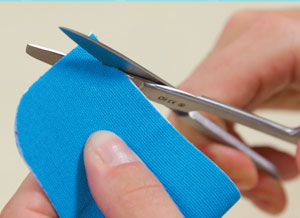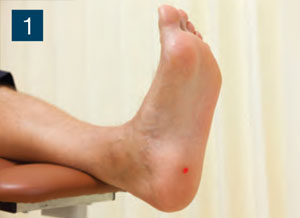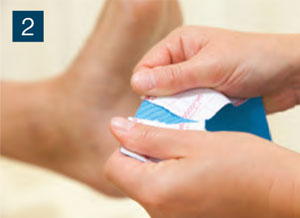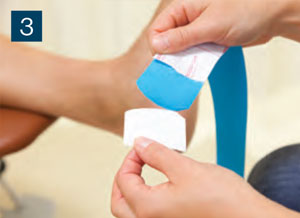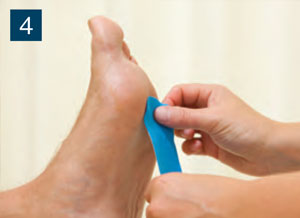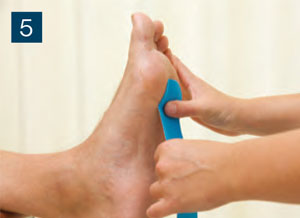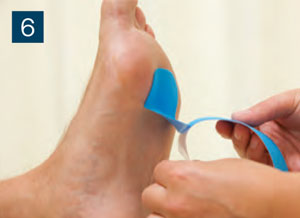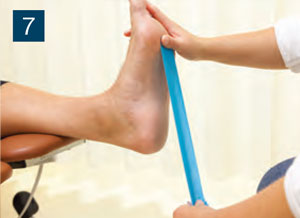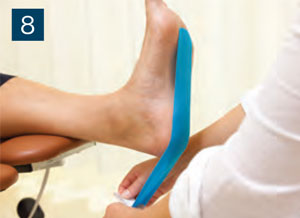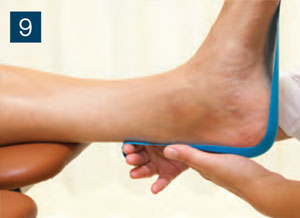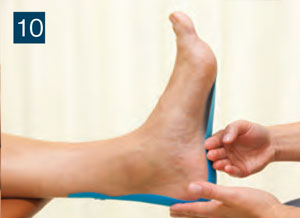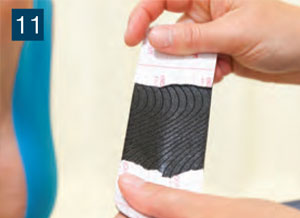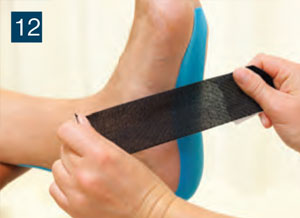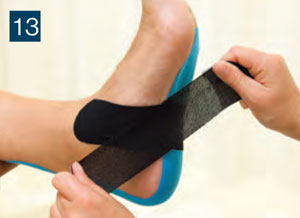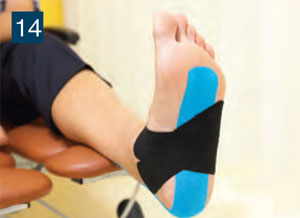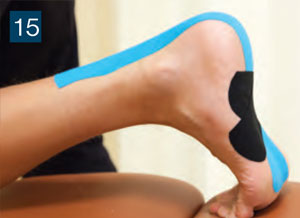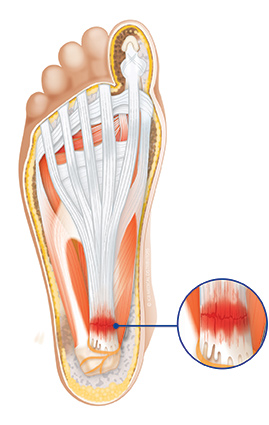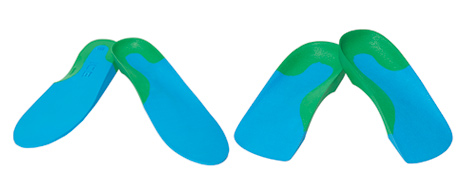
Heel pain can be unpredictable and occasionally problematic to resolve. So we teamed up with Healthy Step to produce a heel pain pathway to pain free heels.
The HeelFixKit is the most innovative and cost effective approach available in the management and treatment of heel pain, plantar fasciitis and heel spurs. The HeelFixKit contains specially designed Insoles, Therapy Balls, Heel Tape & Heel Cups. Developed by a British Musculoskeletal Podiatrist, Andy Horwood, the pack is designed to allow you to treat your heel yourself and make dramatic improvements in just six weeks.
By combining insoles, taping, stretching and strengthening the foot, a treatment programme is initiated that treats the heel pain holistically. The treatment regime not only helps settle the pain but also prevent the re-occurrence of heel pain, and its all achieved at home. the kit is £14.95 ex vat for trade and RRP: £34.95.
How to make the most of your HeelFixKit
The heel fix kit comes with an exercise information sheet, as the exercises are essential to improving the pain and returning to activity.
Heel Pain Pathway – Help your patient with their pain with:
• Downloadable heel pain pathway flow chart
• Exercise Videos to share on social media
• Downloadable heel pain sheet
Below is a printable self-help flow chart for your patients to help support their heel pain.
Print the large version here: A2-Heel-Pain-Pathway
See the videos below for exercises that you can share and send to your patients.
Foot Therapy Ball –
Simple exercises to help strengthen your feet:
Stair calf exercise for non-insertional achilles tendinopathy.
An easy 3 step exercise to help strengthen your feet
Your patient can use this handy Pain Sheet to reassess their pain level every two weeks while following the advice on this pathway below. Print the large version here 32-Week-Pain-scale-1

